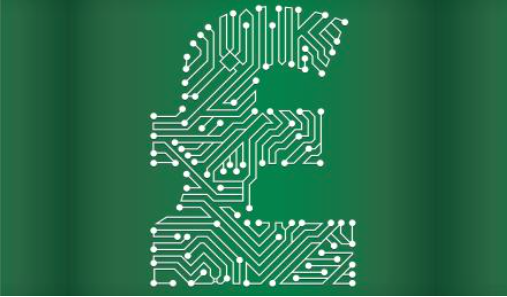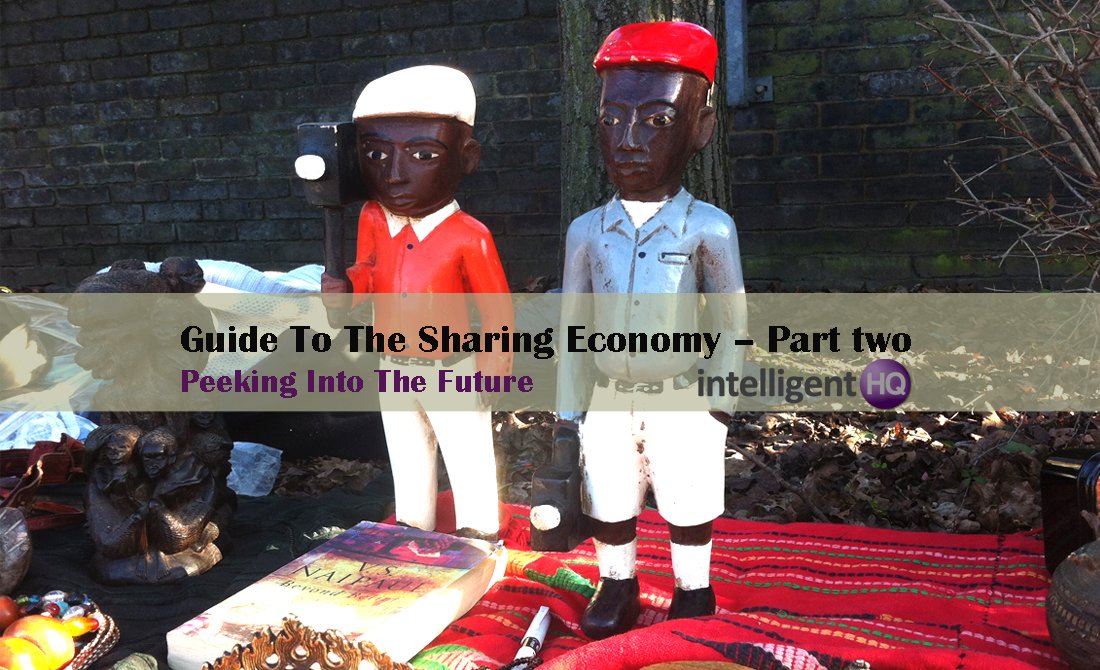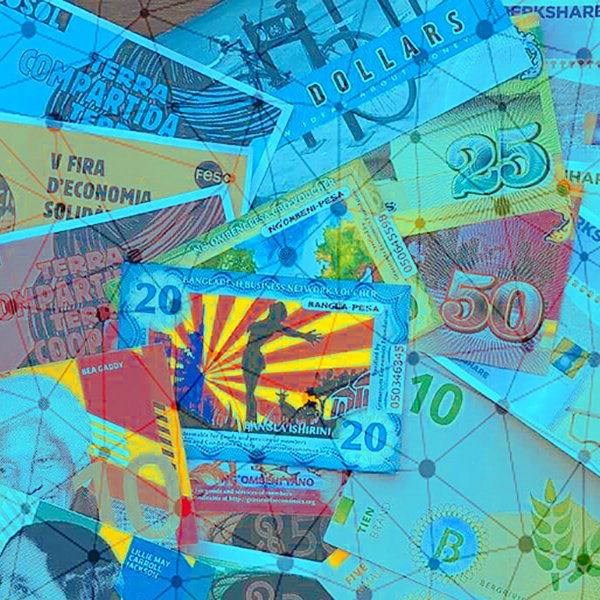When one looks back trying to make a little history of customization, we can see that we have gone a long way since Fordism. The term Fordism was used for the first time by Antonio Gramsci in his 1934 essay “Americanism and Fordism” that he wrote when he was in prison. In it, Gramsci analyzed how Henry Ford´s Model T, had pioneered a new modern economic and social system that relied on industrialized and standardized forms of mass production.
Concerning customization, if in the beginning there was just one type of model, symbolized by the black Model T car, this would soon evolve into standardized customization, that segmented the industrial production into varied sets of specifications for different consumer segments, such as clothes in different sizes and colors. The standardized customization stayed with us for various decades, until the first decade of XXIst century, when the tremendous technological evolutions brought by the internet and the various technological advances, enabled mass customization.
Whith mass customization one is able to customize her or his product or service, by choosing from a variety of components, for instance, when ordering a car, computer, or smartphone. As more and more people become interested in customized products, these became less seen as luxurious, and rather as ways to express people’s individuality.
Society has changed. Yesterday’s mass society has given way to a new type of individuals that are more educated, informed, experienced, travelled and connected, than in earlier generations. They are shaping a profound change in the nature of consumption: It’s no longer about the quantity of stuff, but rather about the type of stuff and the quality of life, which is producing as well great changes in the new trends happening in economy. Some call it the sharing economy, others the personalized economy. One of the main characteristics of these new types of economies is mass customization.
With mass customization you can have your own unique products, like clothes made up on purpose to fit your body shape or you can design and decorate your house with the objects you have created. This is now possible due to a variety of online configuration technologies that can easily and cost-effectively assemble customers’ preferences and 3-D digital modeling and in manufacturing, flexible robotic systems that can now be easily programmable so they can switch between models and variants with little loss of efficiency.The big question mark is if individualized customization is viable and profitable.
A recent report published in McKinsley Global, by authors Anshuk Gandhi, Carmen Magar, and Roger Roberts analysed and tried to map what are the technologies businesses should tackle to implement mass customization in such a way that it could become economically successful. The report mentioned that profitable mass customization of products and services requires work in two broad areas:
- The first should be to identify opportunities for customization that could create value for the customers that could be supported by smooth, quick and unexpensive transactions for both consumers and producers.
- The second should be to figure out a cost structure and cost level for the producer that is manageable and effective, and that can face the unavoidable complexity of the manufacturing processes, due to the mass customization.
It is important to work in these two areas as mass customization can have the potential of increasing revenue, advance cash flow, and diminish waste, through on-demand production. Another valuable point the report refers is how mass customization can can generate valuable data about the consumers preferences, that may be used in the development of standard products and in online marketing and public-relations campaigns.
The report identifies seven technologies that could enable personalized customization dividing them in two groups: the ones that make it easier to create customization value for the consumer and those technologies that control costs for the producer, despite the challenges of the manufacturing complexity. The technologies that create customization value for the consumer are social media and crowdsourcing, online interactive product configurators, 3-D scanning and modeling, and recommendation search engines. The ones that help businesses control the manufacturing costs can be enterprise and production software, and flexible production systems.
by Anshuk Gandhi, Carmen Magar, and Roger RobertsIn order to create good offers to the client regarding customization, the value of customization must go beyond the novelty effect and have a functional or aesthetic purpose—usually based on preferences dictated by biology (for example, body shape, DNA, and dietary requirements) or taste (for instance, in design or food). The technologies that could be used to increment mass costumization could be:
1. Social media and crowdsourcing
Customers can create real and virtual products, which allows businesses to look at customers as marketers and co- creators. By using social media platforms customers can also broadcast their creations to a large network, which can be seen as free marketing for the companies they are using to produce their products. The example given is Adagio Teas.
Adagio Teas offers consumers the option to create their own mixtures of tea online; these are then made to order and shipped. If consumers want to, they can offer their tea creation to the public through the site, along with a name and image of their choice.2. Online Interactive Product Configurators
To enhance the mass-customization trend it is crucial to design very good online configurators. These should provide a user-friendly and intuitive interface that can also gather the consumer’s customization preferences. Online configurators have advanced a lot in terms of product visualization, which has transformed the experience of product configuration, into an engaging and fun event to some consumers.
Shoes of Prey is a website that lets its users configure custom shoes. Users choose from 12 general shoe types, from flat to ankle boot. After selecting a type, different designs for the toe, back, heel, and decorations are offered, with each click automatically updating a preview in the center of the screen.3. 3 D Scanning and Modeling
3D scanners let you gather data from real-world objects that can be analyzed and collected and can be used to construct 3-D digital models. With these scanners, that are not as expensive as they used to be, one can easily and in a few minutes, accurately measure, for example, a human body, which can then be rendered into an online personalized 3-D model, that let you create individualized products. Companies like Styku that perform these scans are now using off-the-shelf technology (for example, Kinect cameras and a Windows 8 tablet) to achieve total hardware costs under $3,000.
SmartFit by Styku is an online widget that provides consumers precise size and fit recommendations.4. Recommendation Engines
If E-commerce software used to advise product choices based on previous selections, recommendation engines are now moving into the customization space by helping customers configure products.
Chocri, for example, operates a site called createmychocolate.com that customizes and ships chocolate bars, helping consumers configure their own bars from four base chocolates and 100 different toppings. The site tells consumers which spices go well with the base chocolate and main ingredient chosen in the previous step. Recommendations are based on popular choices users of the site have made and are edited by the company for taste, thereby reducing the risk the customer takes when ordering a product she or he has never tasted.
5. Controlling manufacturing costs
Concerning the control of manufacturing costs, recent technological advances have produced improvements in manufacturing. Some of these are the modularization of product designs, advanced back-office software, and flexible production technology. These technologies can help companies reduce the costs of mass customization.
6. Enterprise and Production Software
One of the biggest challenges in the past was to be able to adapt and produce an individualized order from a single customer. Companies like Just in Time Business Consulting and Configure One have developed packaged software that enables tracking of individualized design features in customer orders and their translation into sourcing and production instructions.
Enterprise Software List of companies by Tim JonesThese software tools connect the configurations at the front end with the production and SCM systems. Not only the production staff knows what to assemble but customers are promised realistic lead times and progress updates, and the softwares lets them know that they are not using any options that are not in stock. These back-office can be very useful to enable a quick and swift production of vast variety of products.
7. Flexible Production Systems
In order to mass customization to become profitable, flexible manufacturing systems are essential. Regarding flexibility, the automotive industry has been pioneering. Ford and General Motors have invested in dynamically programmable robotics with interchangeable tooling that can switch agilely between models and variants with no loss of efficiency. Companies from other industries are adapting these technologies. Caterpillar’s production system, for example, cuts out shoe parts according to customers’ measurements with an automated, computer-guided cutter.3-D printing is also very promising concerning the way we think of manufacturing. These printers can print objects with materials such as ceramics, metals, and even chocolate. 3-D printers are adventuring into the mass production of customized objects, such as jewelry, home decoration, and clothing.
On Shapeways’s site users can enter a poem or custom text, which is then automatically transformed into a visual of a vase composed of the words.As we can see with this list of technologies there are now a huge amount of possibilities that can be used to enhance mass customization. It is now therefore important that entrepeneurs are open to creativity, and able to create the right environment that facilitates a change in mind-sets. This change will enable the appearance of more innovative concepts and processes that will accelerate the cost-effective production of customized goods. Another question tackled in the report is the digital sensors and smart tags will enable greater potential for visibility, flexibility, and control of product flows, as well as for automation of tasks that will facilitate product value. This comes out of what is called as the Internet of Things, that blends sensors, standards-based networks, and smart analytics to enable new information architectures for optimizing production.
In order to this next wave of mass customization to be effective, it is important that companies collaborate effectively with business-unit, IT, and other functional managers to create a new integrated business model that enhances mass costumization. The rewards will be great for those that lead the change and society in general.
The all report can be read at:
How technology can drive the next wave of mass customization

Maria Fonseca is the Editor and Infographic Artist for IntelligentHQ. She is also a thought leader writing about social innovation, sharing economy, social business, and the commons. Aside her work for IntelligentHQ, Maria Fonseca is a visual artist and filmmaker that has exhibited widely in international events such as Manifesta 5, Sao Paulo Biennial, Photo Espana, Moderna Museet in Stockholm, Joshibi University and many others. She concluded her PhD on essayistic filmmaking , taken at University of Westminster in London and is preparing her post doc that will explore the links between creativity and the sharing economy.


























